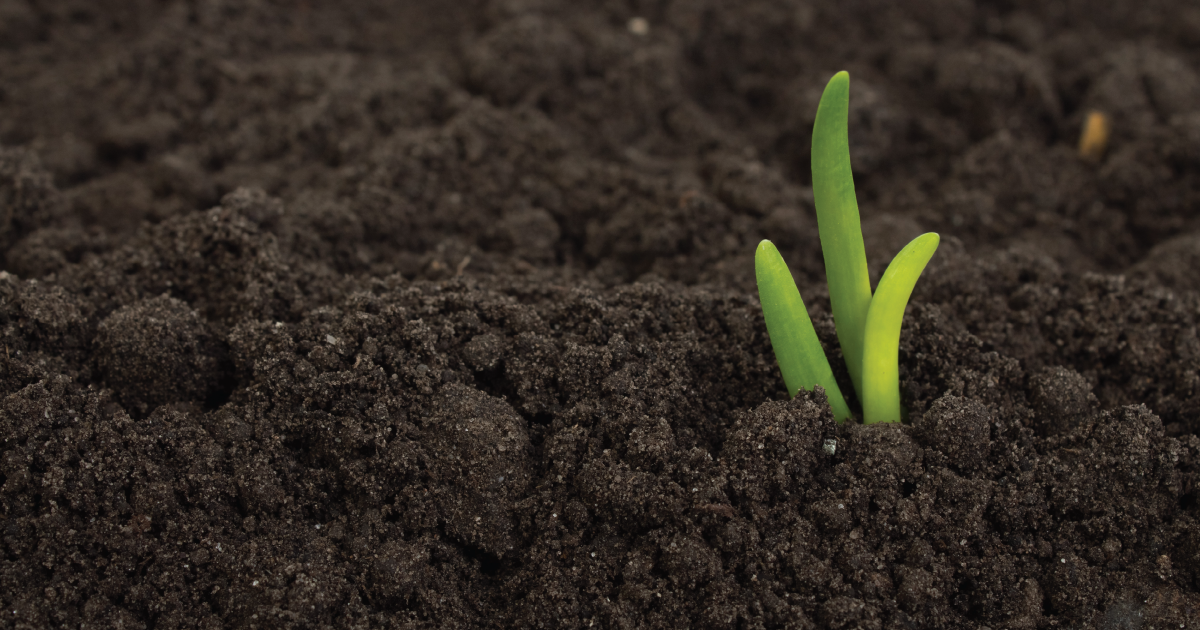
The Fight to Define Regenerative Agriculture
Organic agriculture has transitioned from fringe to mainstream over the past two decades, with sales showing double-digit growth for many years and big retailers such as Costco embracing organic products. Now some farmers and food companies are pushing forward with a suite of new farming practices that brings even more environmental benefits.
April 24, 2019 | Source: GreenBiz | by Jim Giles
Organic agriculture has transitioned from fringe to mainstream over the past two decades, with sales showing double-digit growth for many years and big retailers such as Costco embracing organic products. Now some farmers and food companies are pushing forward with a suite of new farming practices that brings even more environmental benefits.
Regenerative agriculture could convert farms from carbon sources to carbon sinks, and the buzz around the idea is intense. Major companies, including General Mills and Ben and Jerry’s, are expressing interest and making commitments. A recent session on the topic at Expo West, the huge natural products trade show, was filled to overflowing. But some insiders also see trouble ahead. There is no agreed way to certify regenerative products, and as multiple initiatives rush to fill that gap there is a risk of diluting effort and confusing consumers.
The need to change the way we farm is not in doubt. Fertilizer use and livestock grazing release nitrous dioxide and methane respectively, and the sector as a whole was responsible for 9 percent of U.S. greenhouse gas emissions in 2016.
